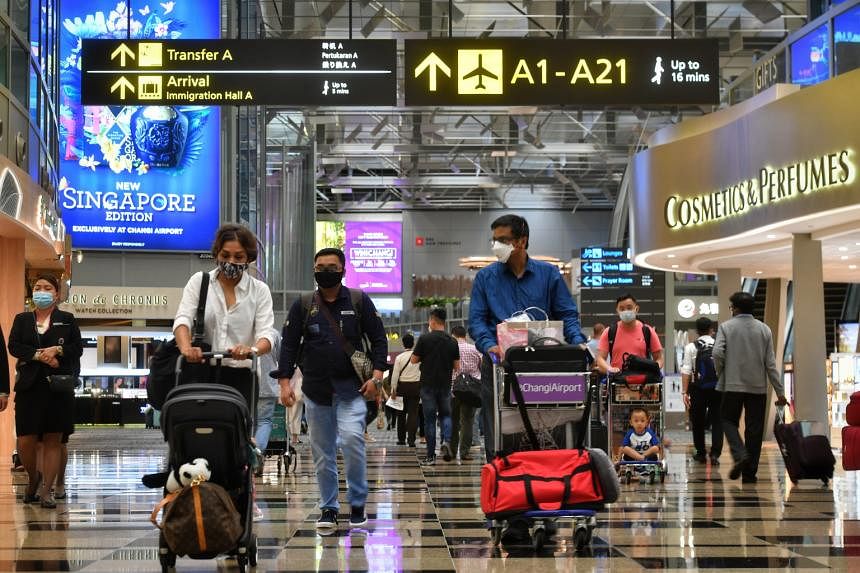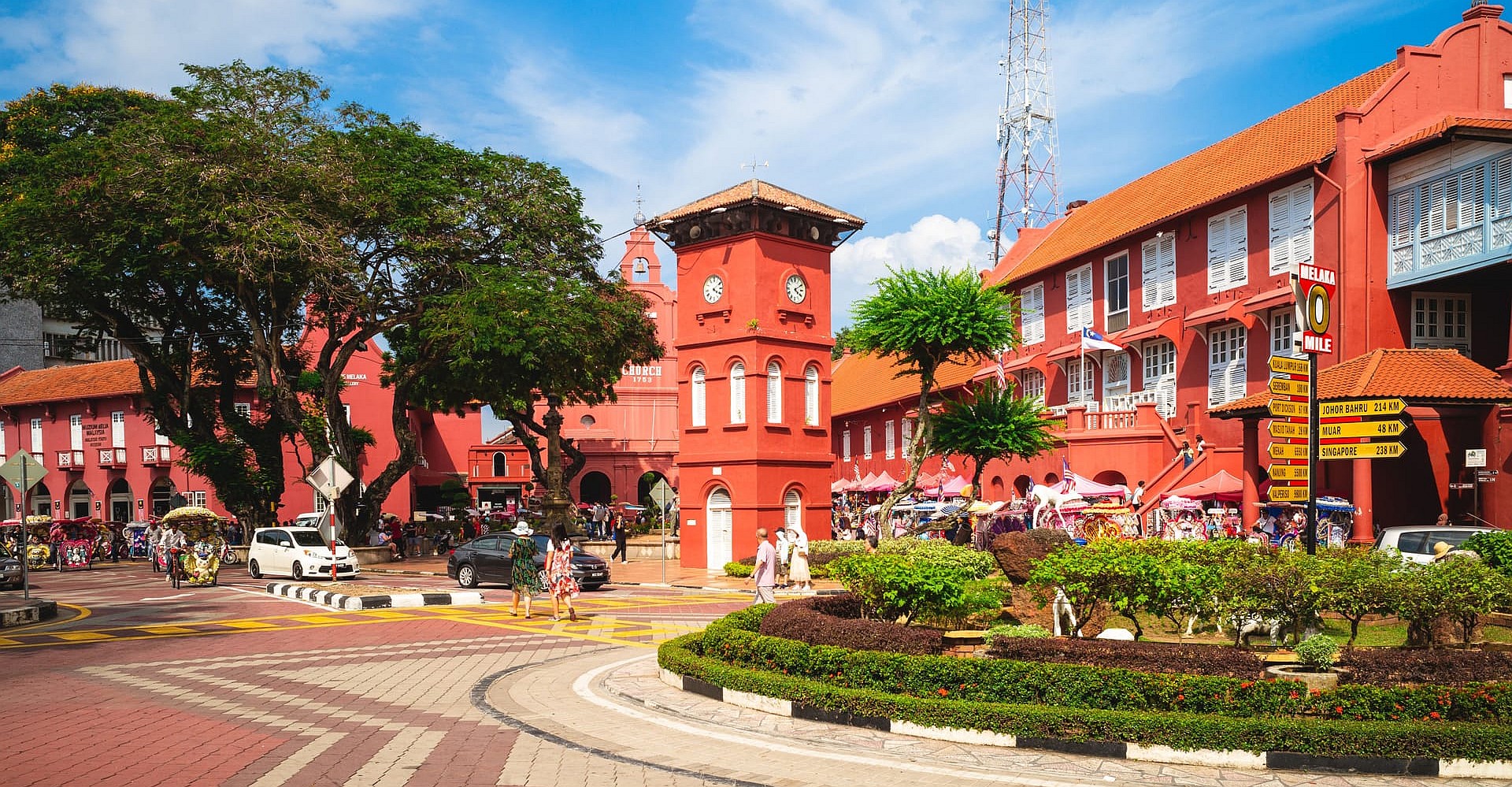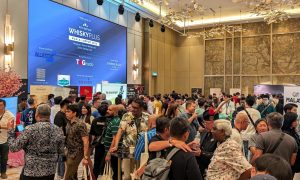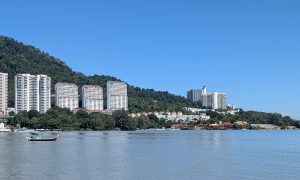The route, barely over 200 km with a flight time of just 20 minutes, has come under fire for its high environmental cost.
One of a number of critiques, a recent commentary in CNA written by Singapore-based aviation analyst Brendan Sobie questioned the logic and environmental responsibility of a super-short Singapore to Melaka air route.
In August, Scoot announced that it would begin flights in October 2024, connecting Singapore’s Changi Airport with Melaka, which is situated roughly two-thirds of the way to Kuala Lumpur. At a mere 216 km, this will be the shortest route in Changi Airport’s history.
However, the announcement sparked criticism, with many netizens joining Mr Sobie to highlight the high carbon emissions of short flights compared to buses, trains, or even cars. Short-distance flights are known for being particularly inefficient in terms of fuel consumption and emissions, making them environmentally costly.
Almost ironically, the Singapore-Kuala Lumpur route, which was the busiest international route globally in 2023, serves as an example. At 296 km, it is the shortest of the top 20 international routes, with flights averaging 45 minutes plus an additional 22 minutes of taxiing. Data from Cirium aviation analytics indicates that each economy class seat on this route produces 37.75 kg of carbon dioxide emissions, significantly higher than the 10 kg emitted per passenger when travelling by bus or car with multiple occupants.
According to Mr Sobie’s analysis, a Singapore-Melaka flight would take only about 20 minutes under a direct routing, but would more likely be in the air for 30 to 40 minutes, resulting in approximately 30 kg of carbon dioxide emissions per seat.

From a strict time perspective, buses from Singapore to Melaka currently take about four hours, and driving may be even quicker depending on traffic. And as any traveller knows, an air route’s flight time is just one part of the total door-to-door journey time, and does not include the time to get to the departure airport, the time to check in, go through immigration and customs, clear security, and then travel from the arrival airport to the ultimate destination.
As other regions phase out routes of similar lengths to prioritise environmental sustainability, the Singapore-Kuala Lumpur air route continues to grow. Without a high-speed rail (HSR) link, flights between the two cities are expected to increase, with 2024 seeing a 5% rise in scheduled flights compared to 2023.
Despite sustainability concerns, Singapore Airlines subsidiary Scoot also launched a new route between Changi Airport and Kuala Lumpur’s Subang Airport in September 2024.
On the plus side, the growing number of flights could intensify calls for Singapore and Malaysia to revisit the long-debated HSR project, which was last abandoned in 2020 and has since been ostensibly revived, though not yet solidly so. A HSR line connecting Singapore with Kuala Lumpur in just 90 minutes could drastically reduce air traffic between the two cities, diverting a large numbers of passengers to rail.
A Kuala Lumpur-Singapore HSR would also impact the Singapore-Melaka market, given that Melaka would be a stop along the route. Currently, frequent bus services connect Singapore to Melaka, providing a door-to-door travel time similar to that of the upcoming flights.
Though the new Scoot flights are expected to primarily serve transit passengers, some argue that a direct bus service from Changi Airport to central Melaka — preferably an electric bus — would be a more sustainable alternative. Visitors to Melaka from outside the region can already fly to Kuala Lumpur International Airport (KLIA) and take a bus to Melaka in about two and a half hours.
In the future, airside bus connections from Melaka Airport to both KLIA and Changi Airport could be introduced. This concept, which would enable passengers to bypass immigration until they reach their destination, is already in use at several North American and Asian airports. However, such a solution would require cooperation between Singaporean and Malaysian authorities.
Currently, landside bus services exist between Changi Airport and Johor Bahru, requiring passengers to go through immigration at both Changi and the Johor-Singapore Causeway.

EXPLORING ZERO-EMISSION ALTERNATIVES
Replacing short flights with buses would not only reduce emissions but also help underutilised small airports like Melaka Airport, which has the capacity to handle 500,000 passengers annually but saw just 29,000 passengers last year.
Before the pandemic, Melaka Airport served 136,000 passengers in 2019 with flights to destinations including Kota Bahru, Langkawi, Penang, and Pekanbaru. However, only the Penang and Pekanbaru routes resumed after the pandemic, both of which were suspended last year, leaving Melaka with no scheduled air services.
Electric vertical takeoff and landing (eVTOL) aircraft could soon offer a sustainable alternative for travel between Singapore and Melaka. Singapore is actively supporting the development of eVTOLs, which could enter service by 2026. These aircraft, typically seating four to six passengers, offer a promising solution for ultra-short routes.
Looking further ahead, electric or hydrogen-powered turboprop aircraft could serve very short air routes like Singapore-Melaka by 2028, offering greater capacity. Several such aircraft are in development, with retrofit options for existing turboprops also being explored.
Although airlines and governments in Southeast Asia have not yet committed to these technologies, the backlash over short-haul flights like Singapore-Melaka could be the push needed to start considering zero-emission alternatives.



















